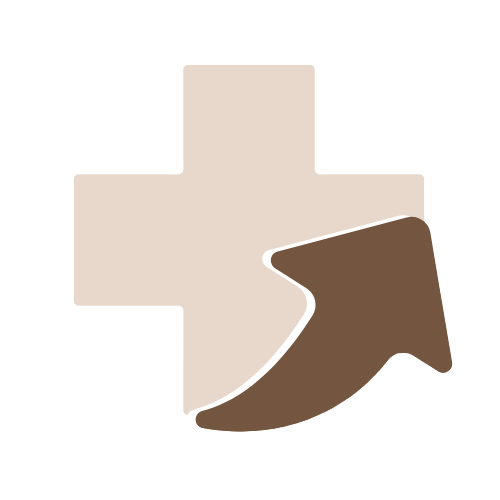Granuloma Annulare
Overview
Granuloma annulare is a relatively common, benign skin condition characterized by the appearance of small, firm bumps that form ring-shaped or circular patterns on the skin. While the exact cause is not fully understood, granuloma annulare is considered a non-infectious inflammatory disorder of the skin. It is most commonly seen in children and young adults but can occur at any age. The condition is usually painless, non-contagious, and often resolves on its own without treatment. There are several types of granuloma annulare, including localized, generalized, subcutaneous, and perforating forms.
Causes
The exact cause of granuloma annulare remains unknown, but it is believed to be related to a hypersensitivity reaction or immune system dysfunction. Potential contributing factors and associations include:
- Immune response: An abnormal immune reaction may cause localized inflammation in the skin.
- Skin trauma: Minor injuries, insect bites, or skin infections may trigger the condition in some individuals.
- Systemic diseases: Rarely, it may be associated with diabetes, thyroid disease, or other autoimmune disorders, especially in generalized forms.
- Medications: Certain drugs like allopurinol or some vaccinations have been linked to granuloma annulare in isolated cases.
- Sun exposure: UV exposure may trigger or worsen the lesions in some people.
Symptoms
Symptoms of granuloma annulare depend on the type and location of the lesions, but common features include:
- Localized type: The most common form, presenting as one or more skin-colored or slightly red bumps forming ring-shaped patterns, typically on the hands, feet, elbows, or knees.
- Generalized type: Widespread reddish or skin-colored papules that form rings, affecting larger areas of the body like the trunk, arms, and legs, often associated with mild itching.
- Subcutaneous type: Firm, painless lumps under the skin, mostly seen in children, commonly on the scalp, shins, or hands.
- Perforating type: Rare, characterized by lesions that may become scaly or crusted, sometimes with small plugs or draining fluid.
- Painless lesions: Generally, granuloma annulare does not cause significant pain or systemic symptoms.
Diagnosis
Diagnosis of granuloma annulare is typically clinical, based on the characteristic appearance of the skin lesions. Additional tests may include:
- Physical examination: A dermatologist examines the skin for ring-shaped or grouped papules.
- Skin biopsy: If the diagnosis is uncertain, a small sample of skin may be taken to confirm granuloma annulare under microscopic examination, showing granulomatous inflammation.
- Exclusion of other conditions: Tests may be conducted to rule out other skin conditions like tinea (ringworm), psoriasis, or sarcoidosis.
- Blood tests: Rarely performed but may be considered to check for associated conditions like diabetes, particularly in widespread cases.
Treatment
Granuloma annulare often resolves on its own within months to a few years, and treatment may not be necessary unless the lesions are widespread, persistent, or cosmetically concerning. Treatment options include:
- Topical corticosteroids: Applied to reduce inflammation and speed up resolution, particularly for localized lesions.
- Intralesional steroid injections: Injections of corticosteroids directly into the lesion for stubborn or thickened areas.
- Phototherapy: Light therapy (PUVA or UVB) may be effective for widespread granuloma annulare.
- Systemic treatments: In generalized cases, medications such as oral corticosteroids, antimalarials (hydroxychloroquine), or immune-modulating drugs may be considered under medical supervision.
- Cryotherapy: Freezing the lesion with liquid nitrogen can be used in localized cases.
- Observation: Many cases resolve without treatment, and watchful waiting is a reasonable option for asymptomatic lesions.
Prognosis
The overall prognosis for granuloma annulare is excellent as it is a benign, non-scarring condition:
- Localized granuloma annulare: Often resolves within 6 months to 2 years without treatment.
- Generalized granuloma annulare: May last longer, sometimes several years, but eventually improves in most cases.
- Recurrence: Some individuals may experience recurrence after initial resolution, especially with generalized forms.
- No serious complications: Granuloma annulare does not progress to more serious disease or cause systemic illness.
- Quality of life: While mostly asymptomatic, the cosmetic appearance can cause psychological distress, which is manageable with treatment and reassurance.
Most individuals with granuloma annulare enjoy a normal life, and with appropriate care, symptoms can be managed effectively.
